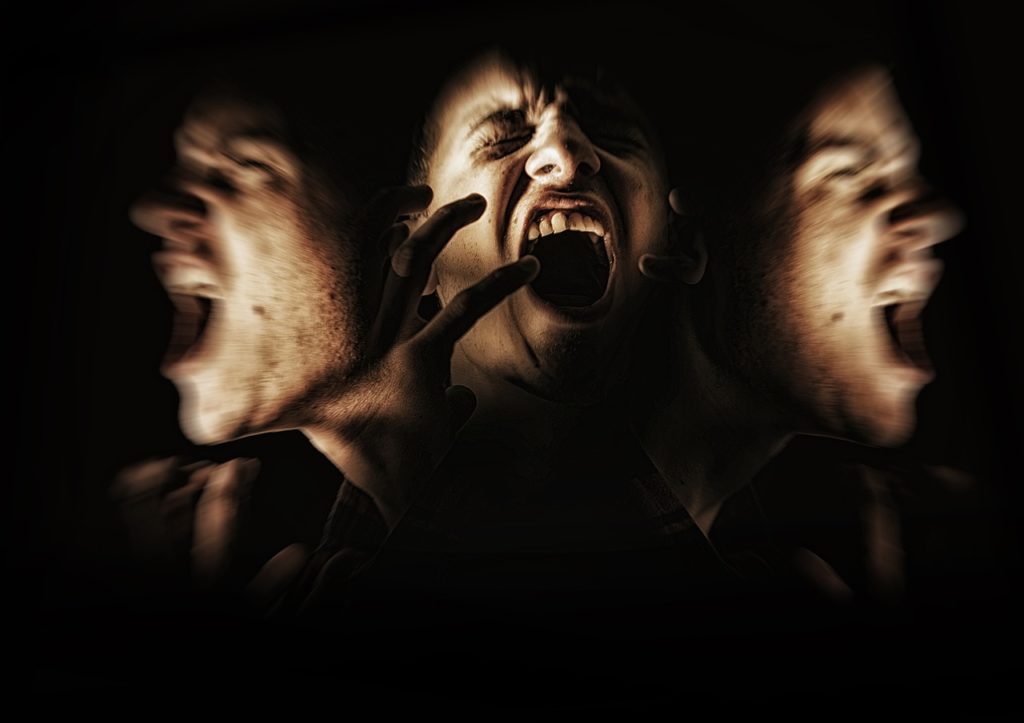Did your grandmother always tell you to wash behind your ears often? But what about the rest of your ears? From the proper use of headphones to whether or not to use cotton swabs, these tips will get you one step closer to ear health.
1) Use Hearing Protection in Noisy Environments
Wearing hearing protection is strongly recommended in environments with noise levels above 85 dB. Ear plugs or ear muffs reduce the noise level and prevent exposure to all of the excessive noise. They are worn in the ear canal and available in customized and universal sizes. When you start looking for earplugs, pay attention to noise reduction. The greater the noise reduction, the lower the decibel level at your ear. Customized music filter earplugs are very popular among musicians and artists. This is because they reduce sound levels without distorting the sound. Earmuffs are worn over or around the ear and are softly padded. Many people find earmuffs convenient and comfortable.
2) Dry Your Ears After Showering or Swimming
After showering or swimming, tilt your head side to side to allow excess water to run out of your ears. To further dry the ears, dab the outside with a clean towel. Swimmer’s ear is caused by water accumulation in the ear canal. The water removes the earwax’s protective layer and softens the ear canal’s skin. This makes the ear more susceptible to bacterial infection. You can reduce this risk by keeping your ears thoroughly dry!
3) Keep Hearing Aids and Earplugs Clean
Hearing aids and earplugs get dirty when worn frequently. Ear wax can also affect the sound quality of hearing aids and earplugs. Regular cleaning ensures optimal hearing and prolongs the life of your hearing aids and earplugs. We recommend using a soft, dry cloth to clean your hearing aid.
Always wash and dry your hands before handling your hearing aid. Do not use alcohol, detergent, or water to clean the hearing aid or earplugs. We recommend that you clean your custom-made earplugs with a special liquid. In addition, we recommend cleaning them once a month with effervescent tablets. These effervescent tablets provide optimal cleaning of the earplugs and remove dust and dirt from the filter channels. Once the earplugs have been cleaned, allow them to dry or dab them with a clean cloth.
4) Wear a Hat or Ear Muffs in Cold Weather
Regularly exposing your ears to cold increases the risk of hearing loss. The body may respond by promoting bone growth in the ear canal when exposed to cold. The ear “blocks” the cold. This extra growth of ear bones is called exostosis. Exostosis is common in skiers, snowboarders, and surfers who are often exposed to cold temperatures and cold water. At temperatures below 15, it is advisable to wear a hat and ear protection; 15 does not seem very cold, but this is the temperature at which blood vessels constrict and concentrate heat. Therefore, the ears are more sensitive to cold.

5) Don’t Clean Your Ears with Cotton Swabs
It is essential to know that, contrary to popular belief, you should not clean your ears with cotton swabs. We have already mentioned that ear wax plays a vital role in keeping the ears healthy and preventing infections. Removing ear wax with a cotton swab increases the risk of infection. Cotton swabs can also damage the skin and push earwax deeper into the ear canal. If you feel like there is too much ear wax, then you use an ear spray available at pharmacies and drugstores. If it does not work, you should see your doctor.
If you’re looking for a professional audiologist to help with the prevention, identification, diagnosis, and evidence-based treatment of hearing and other hearing disorders in London, visit Choice Audiology!


